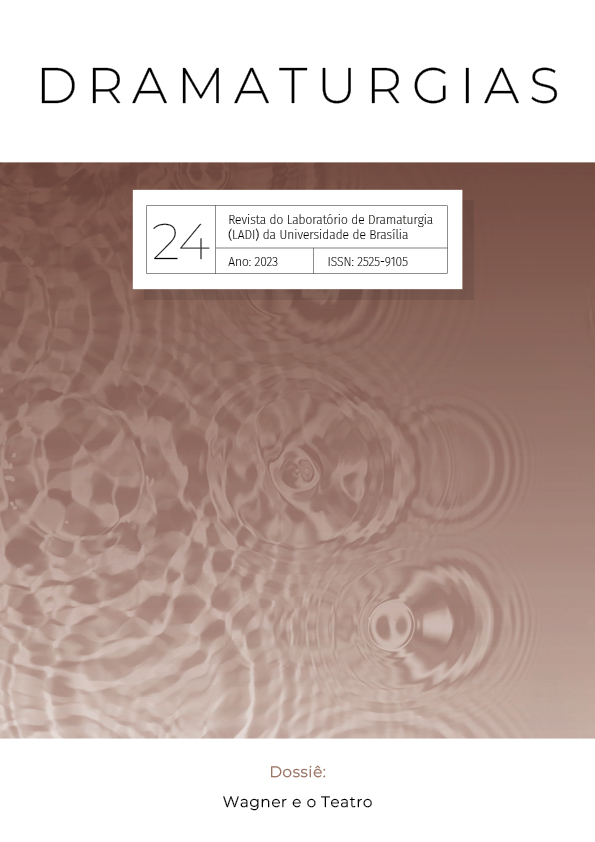Singing Homer’s Spell: The End of Oralist Poetics (Preface)
DOI:
https://doi.org/10.26512/dramaturgias24.52134Palabras clave:
Homer, Accent, OralismResumen
We did not use to know how the prosody of Greek words interacted with Greek metres. With the arrival of the new theory of the Greek accent, now we do. The ignoring of the seemingly irrelevant accent marks in texts seems to have led not to the realisation that all we could know, sadly, about the sound and performance of Greek poetry was its metre, but to the delusion that metre was all there was to know. The level of discovery newly achieved in the texture and the nature of Homeric composition is truly astounding, even to the author.
There is no embarrassment, however, because he can take no credit for the content of the treasury: the new law of tonal prominence is merely the key to opening a long silent vault, hidden in plain sight in the accentual notation of East Roman manuscripts. There are now unmistakable proofs—for so they should be called—of Homer’s musical intent and design. The implications for any theory of Homeric composition, and indeed any assessment of his artistic arsenal, can find no bottom, once these findings see the light of day. Most egregious is the hypothesis of an oral tradition shaping composition via purely metrical formulas, with no role whatsoever to be played by the manifest tonal phenomena recorded in the manuscripts. Penelope’s circumflexes, and her special circumflected motif, are a sight and a sound that can no longer be unseen, or unheard in their wake. Odysseus also is discovered to have a distinctive accentual motif (Chapter 11). Let the implications sink in like a down- glide in your voice: there is new music on the radio, and Homer must be heard as if for the first time.
Descargas
Descargas
Publicado
Cómo citar
Número
Sección
Licencia
Derechos de autor 2023 A.P. David

Esta obra está bajo una licencia internacional Creative Commons Atribución-CompartirIgual 4.0.
Autores mantém os direitos autorais e concedem à revista o direito de primeira publicação, com o trabalho simultaneamente licenciado sob a Licença Creative Commons Attribution que permite o compartilhamento do trabalho com reconhecimento da autoria e publicação inicial nesta revista.



